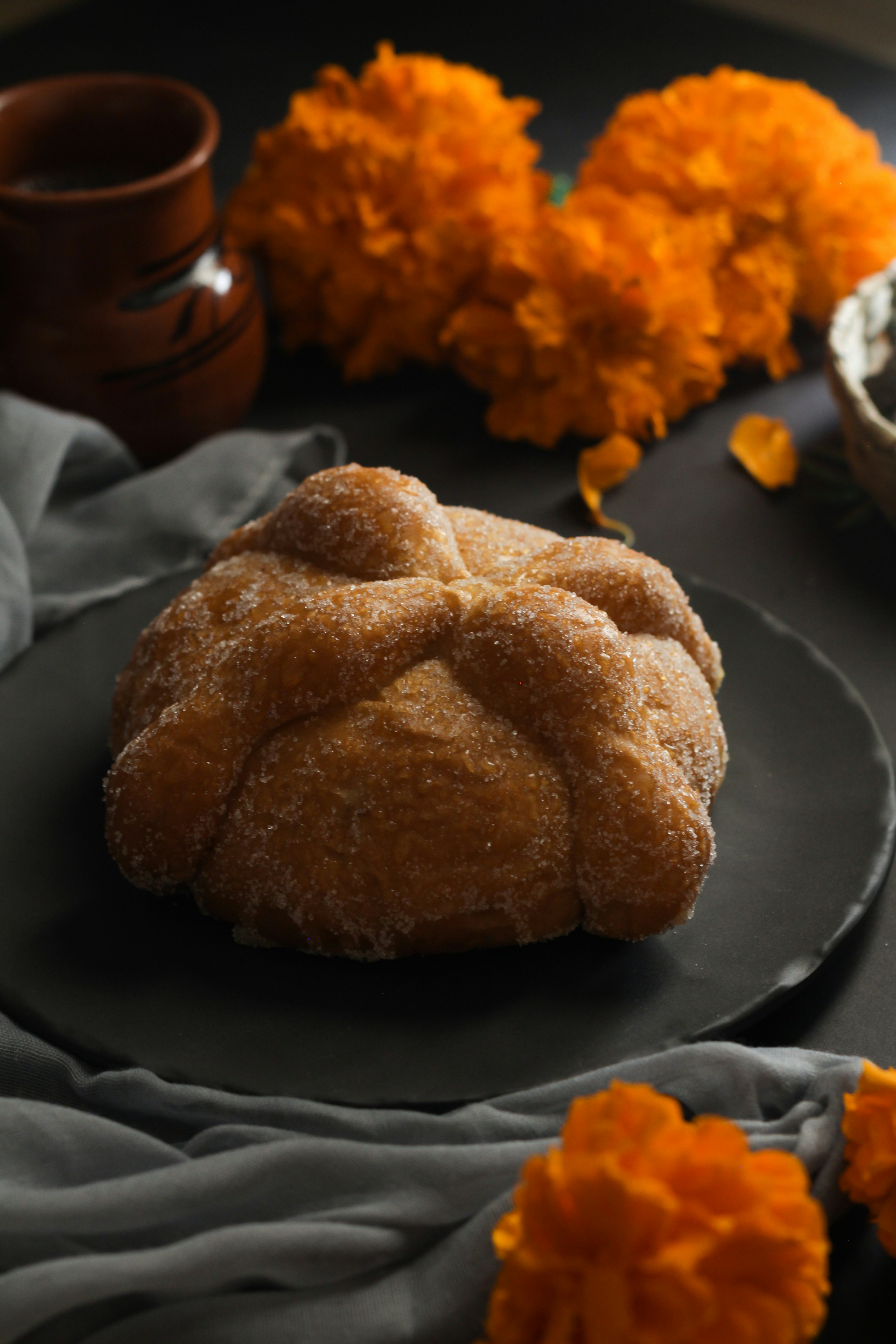

Every year, when the month of October arrives, the air in Mexico fills with an unmistakable aroma: that of pan de muerto, a soft, fragrant and symbolic delicacy that is an essential part of the Day of the Dead celebration, one of the country’s most emblematic and moving traditions.
For those in search of authentic experiences, tasting this bread is not only a gastronomic treat, but a direct gateway to the heart of the cultural syncretism that defines Mexico.
Pan de muerto is more than a dessert: it is a living testimony of the fusion between the pre-Hispanic world and the Spanish heritage. Before the arrival of the conquistadors, Mesoamerican peoples already made food offerings to their dead, including corn creations such as tamales. With colonization, wheat -introduced by the Spaniards- replaced corn in certain offerings, and new forms of bread were born with symbolic meanings deeply linked to the indigenous cosmovision.
It is said that in the viceregal period, the Spaniards, scandalized by certain Aztec rituals, replaced the human hearts offered to the gods with bread dyed red with sugar or amaranth. From there evolved what we know today as pan de muerto (bread of the dead).
The traditional pan de muerto, found mainly in the central region of the country, is round, slightly sweet and decorated with “canillas” (strips of dough in the shape of bones) representing the remains of the deceased. In the center, a small mound symbolizes the skull. Sprinkled with sugar or sesame seeds and flavored with orange blossom, this bread not only adorns altars, but is also shared with friends and family as an act of memory and love.
As with many Mexican traditions, pan de muerto varies greatly by region, showing the richness and diversity of the country. Traveling through Mexico at this time of year is a unique opportunity to discover how the same symbol is transformed according to local culture:
Mexico City and State of Mexico: Here, round bread predominates, with white or pink sugar and orange blossom aroma. It is the best known by visitors and is found in markets, bakeries and festivals throughout October and early November.
Michoacán: Home to some of the most spectacular Day of the Dead celebrations, such as those in Pátzcuaro and Janitzio. Here the pan de muerto can take human or animal shapes and is usually decorated with bright colors and seeds. It is common in Purépecha communities, where the bread accompanies the offerings in cemeteries during night vigils.
Oaxaca: Famous for its culinary creativity, Oaxaca offers a pan de muerto made with yolk dough, decorated with handmade faces or figures. It can have sesame seeds or be glazed, and is often accompanied by hot chocolate in handmade tablets.
Puebla: Puebla’s pan de muerto can be covered with sesame seeds or sugar and, in some areas, is integrated into a local tradition called “mole de caderas”, making this season a feast for all the senses.
For international travelers, participating in the Day of the Dead goes far beyond observing altars and sugar skulls. It is an opportunity to connect with a vision of the world where death is not an end, but a continuity; where remembrance is celebrated with flowers, music... and bread.
Walking through the markets of Oaxaca, the artisan bakeries
of Puebla or the illuminated plazas of Morelia, pan de muerto
becomes an edible symbol of this syncretism between the
indigenous and the European, the ritual and the everyday. It is
a delicious sample of how Mexico honors its dead: with soul,
history, and the unmistakable flavor of its living traditions
And receive exclusive information to travel through Mexico in style!